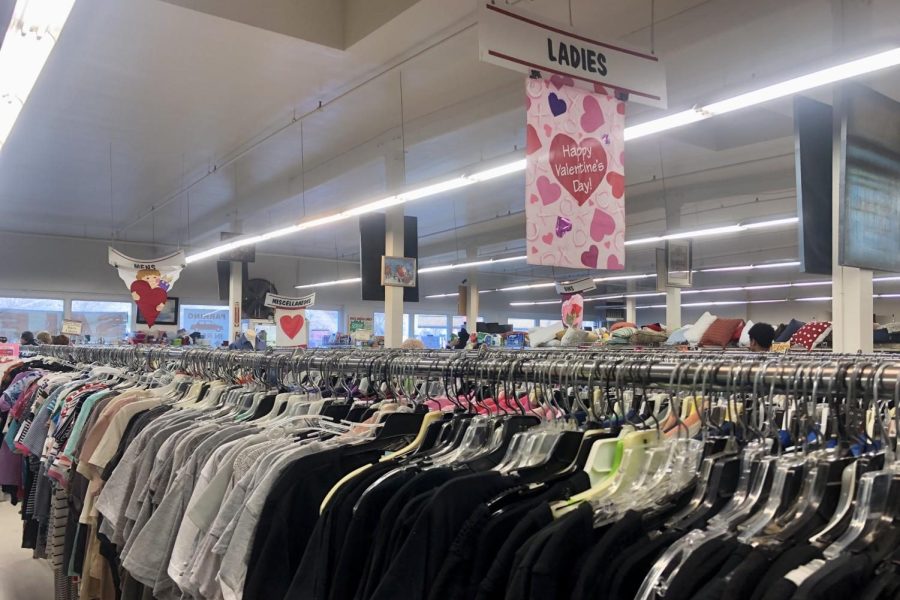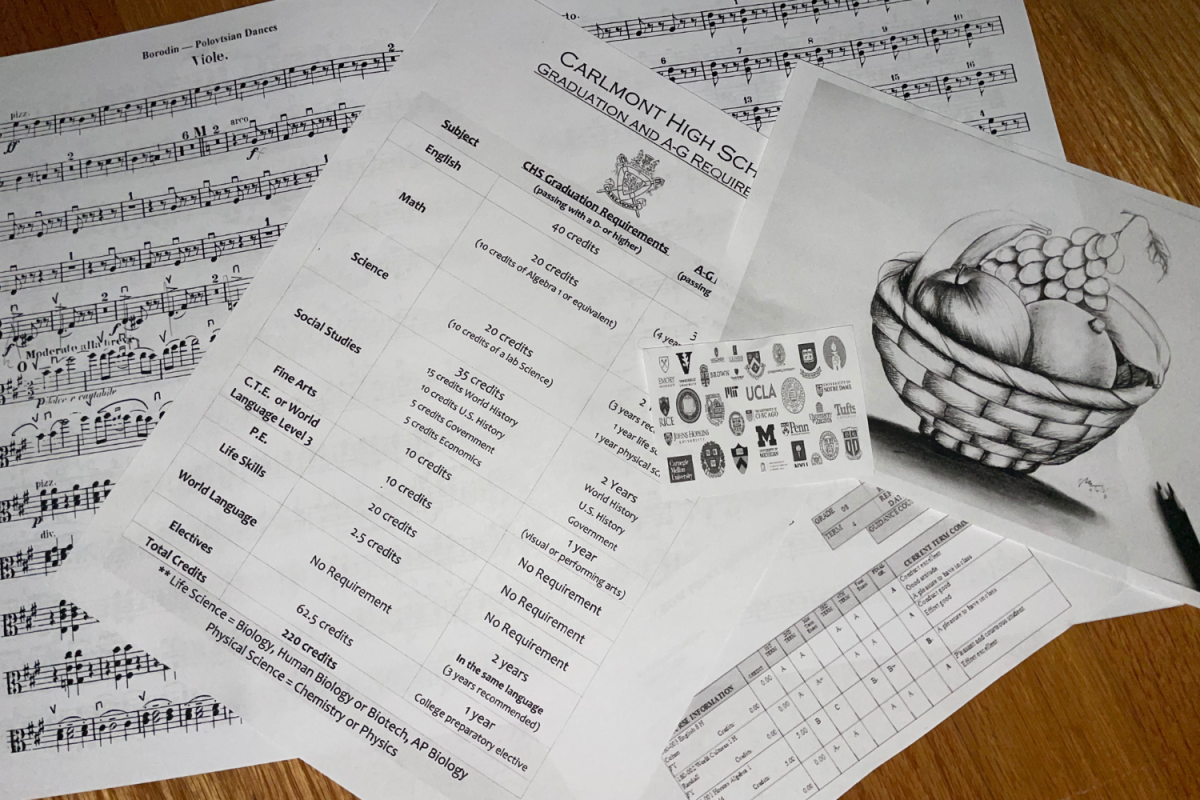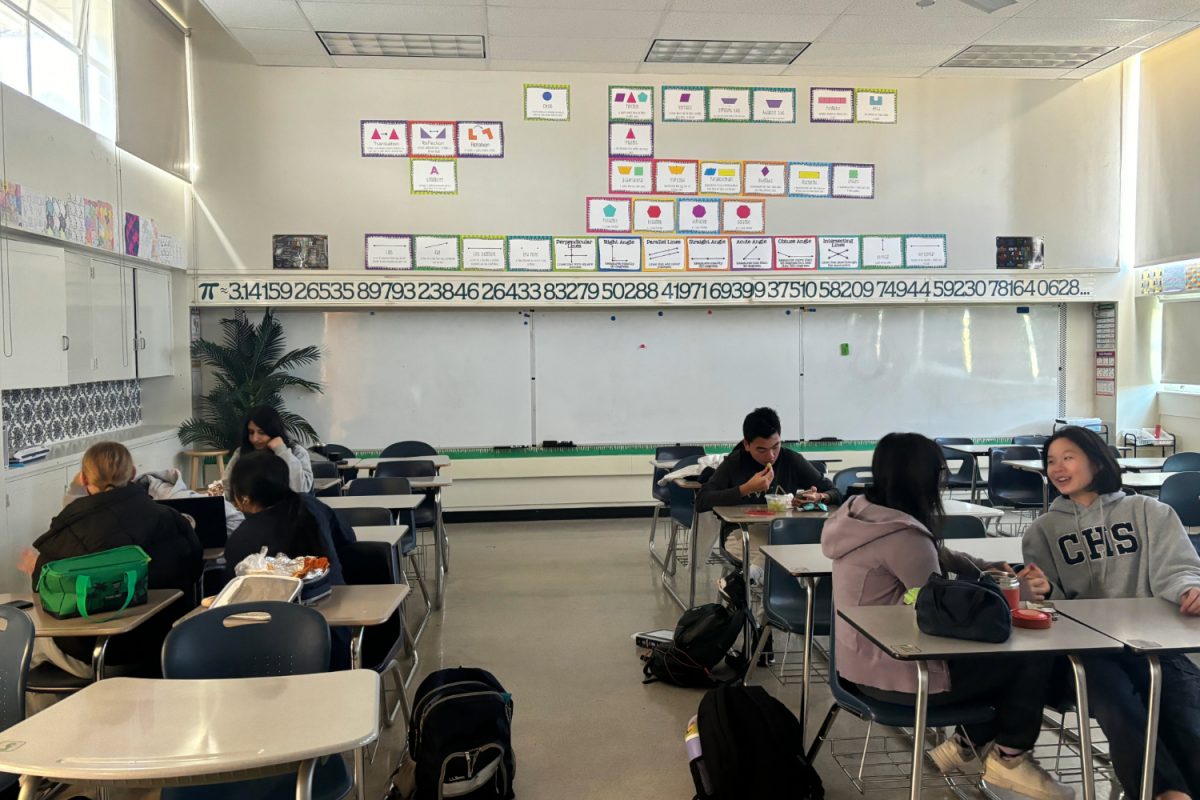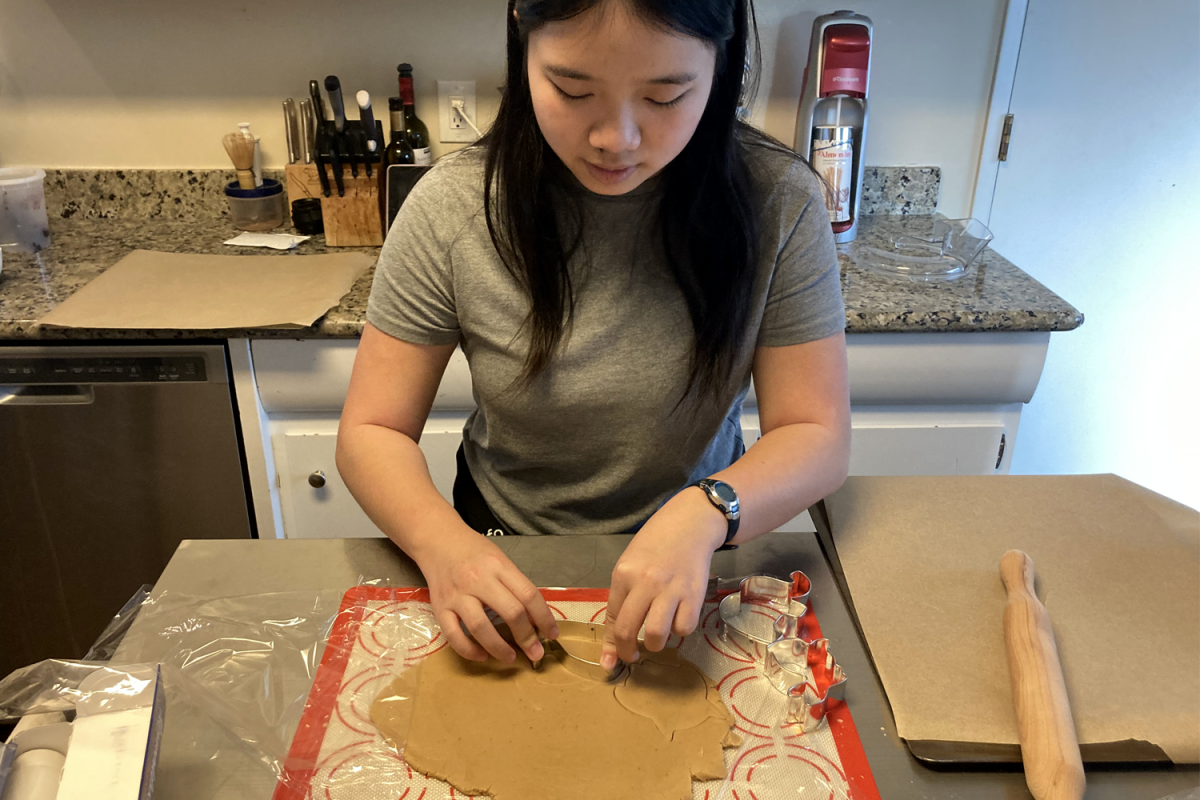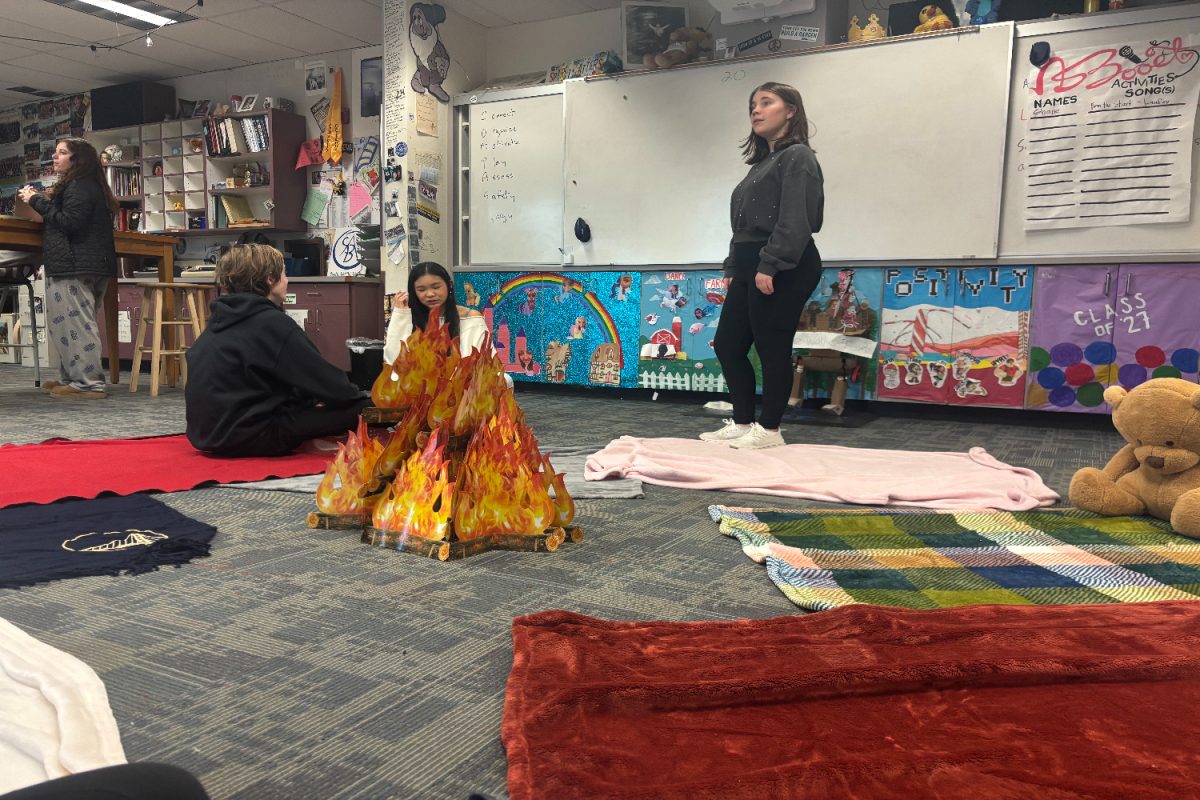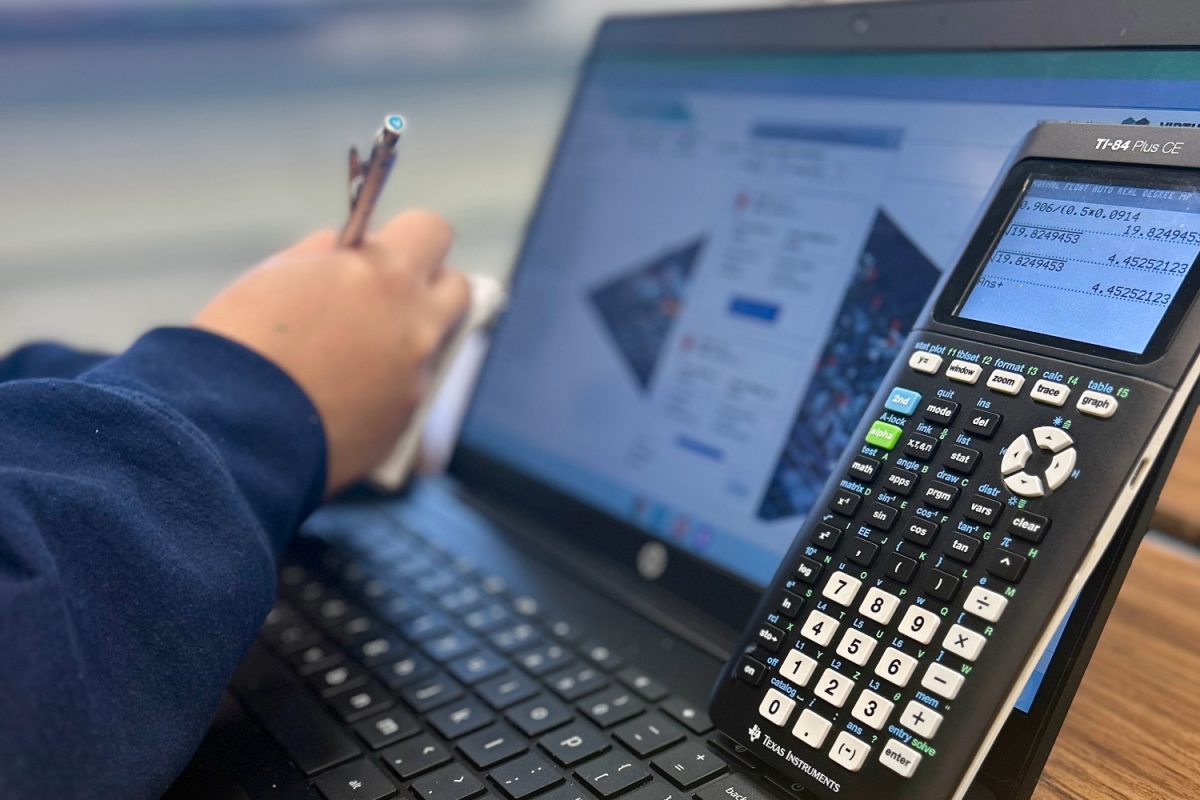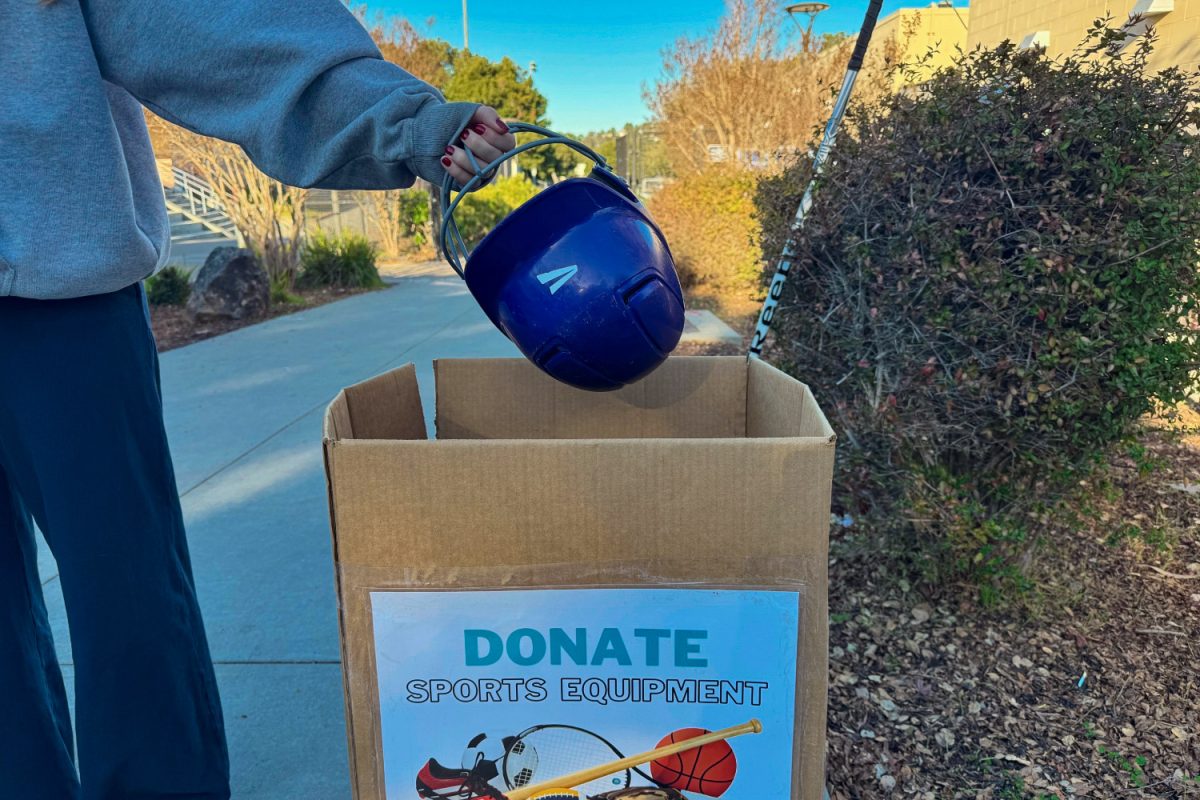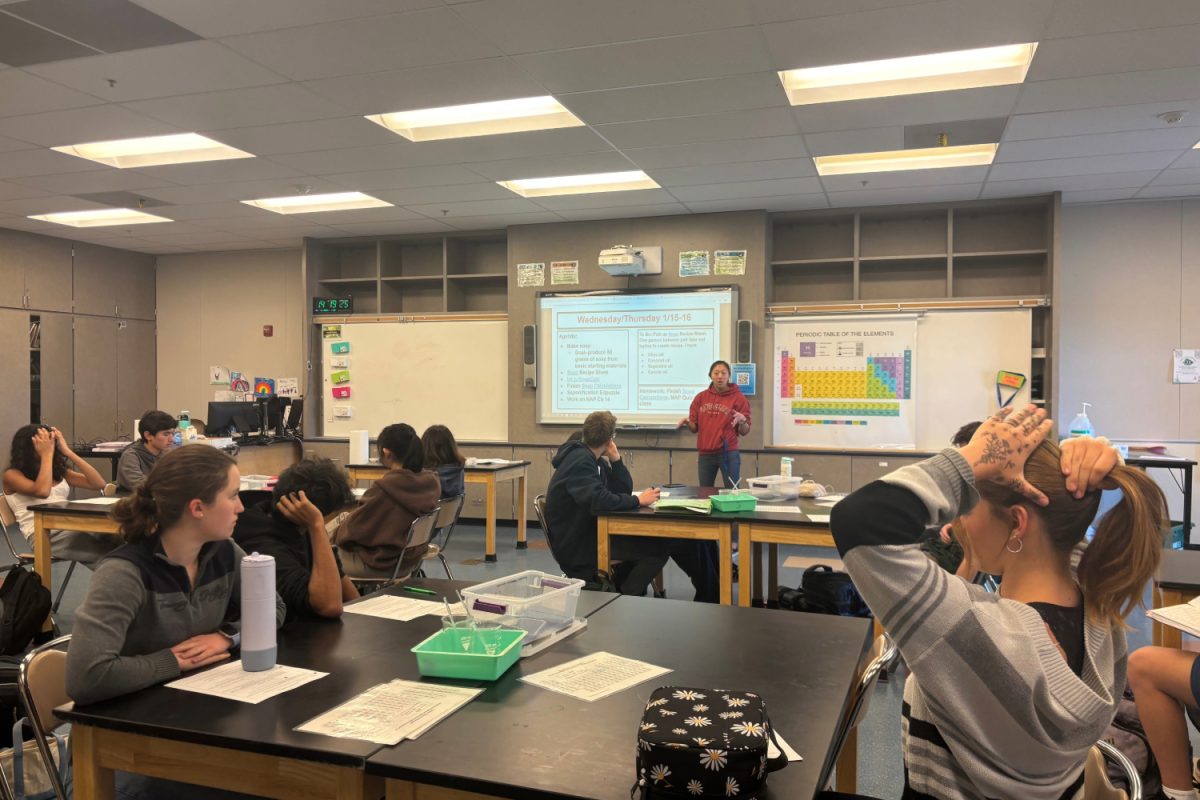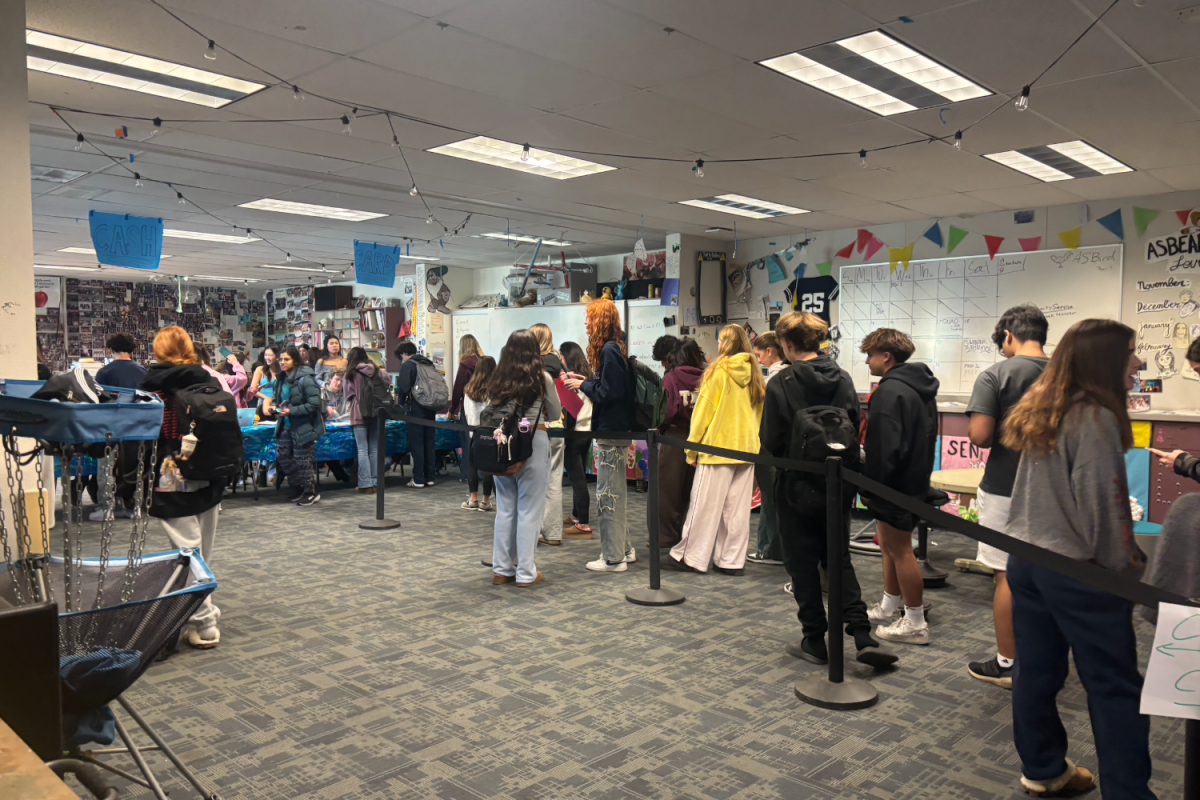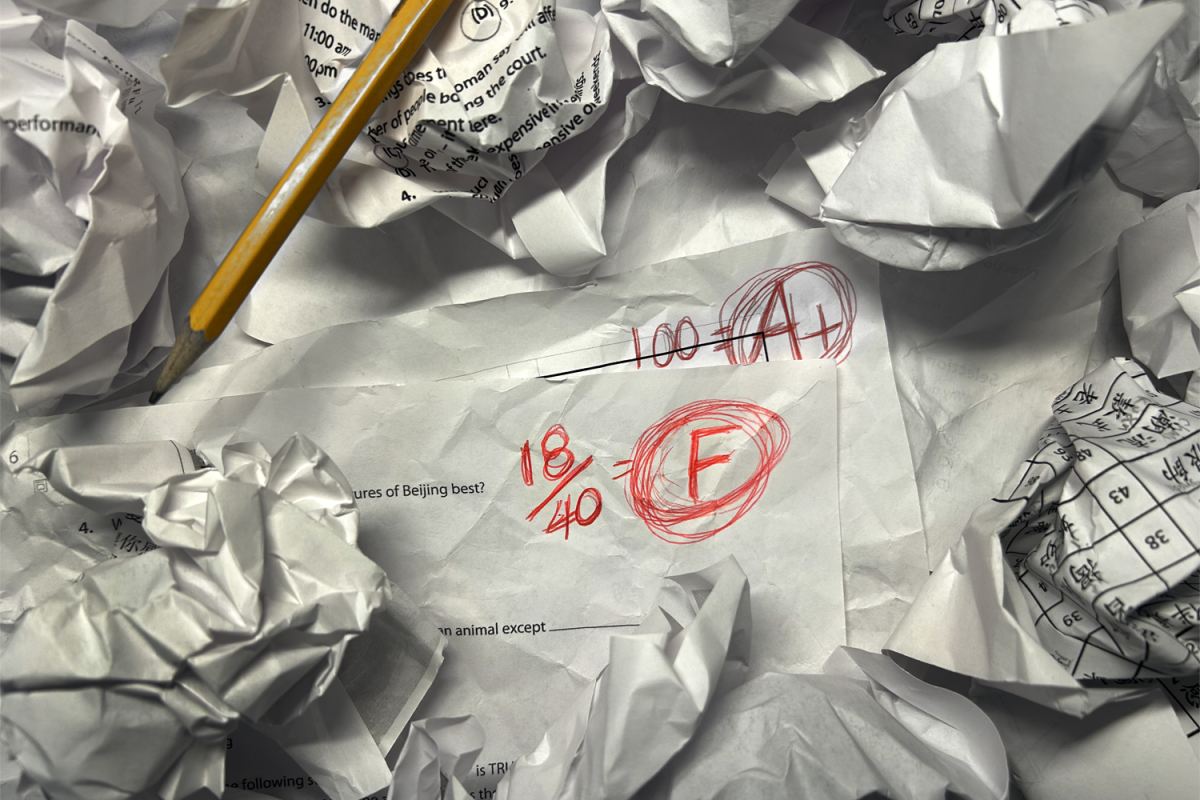Of Gen Z and millennial consumers, 62% look to buy second-hand before buying new.
There are many different ways people can contribute to more eco-friendly ways of fashion, such as customizing their old clothes or thrifting. Some even create their own clothes by sewing or knitting.
Within the fashion industry, fast fashion is the second-biggest consumer of water and also accounts for almost 10% of global carbon emissions. Fast fashion refers to cheaply produced and distributed products. This is a significant problem in the environment because it dries and pollutes the water supply while also dumping 85% of all textiles annually.
In comparison, thrift shops, such as Goodwill or Savers, sell second-hand clothing or other items that are donated by the public. By doing this, people do not have to contribute to the increase of mass clothing production and can purchase affordable clothing as well.
“I like to get cheap blank clothing from the Goodwill bins,” said Elisa Luo-Wimmer, a junior at Carlmont High School. “I also go to antique fairs to bargain for unique pieces of clothing or something I see potential in.”
Shopping second-hand ranges from all types of items, whether it be household items or clothing. Unique and special pieces can be found in the process that would not be found elsewhere.
Furthermore, there are many benefits when switching to buying from thrift and second-hand stores. One comes from reducing the amount of pollution in the environment.
“Buying from thrift stores is better for the environment because a lot of water gets used to create new clothing,” said sophomore Ben Carlson. “A lot of clothes also go to landfills.”
While thrifting can be fun, it can also be time-consuming, but in a satisfying way.
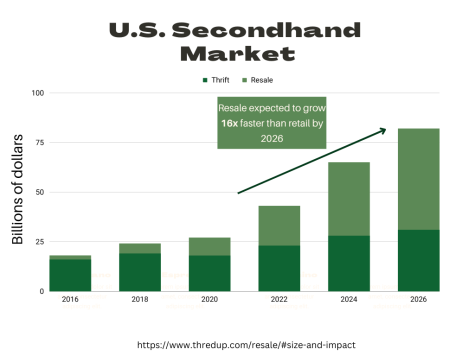
“It’s like a treasure hunt,” Carlson said. “It really expands your wardrobe because you don’t know what you’re going to find.”
A growing percentage of second-hand clothing purchases come from online reselling as well, such as apps like Depop and Mercari. They allow people to further connect with others around the world and give their old clothes a new home.
In addition to finding special garments from second-hand stores, another eco-friendly avenue is where people design and customize their own clothing to fit their style.
“I like to design my clothing because it’s fully customizable, and it’s always fulfilling to see the final product,” said sophomore Dana Chin.
Upcycling is a process where something old or damaged can be turned into something new. Clothing specifically can be sewn, cut, or painted on to produce a different and unique piece of clothing.
“I mainly use my sewing machine to make something myself if it’s more expensive than I’m willing to pay,” Chin said.
From sewing to stitching, there is an extensive range of how one can personalize clothing.
“I stitch a lot of hand embroidery, and it takes a lot of time,” Luo-Wimmer said. “But it’s always worth it because when you get older, you can share your designs with someone else.”
Overall, thrifting and upcycling boost the creative mind while also saving tons of money.
“Being able to create something that is new and original out of something old is really fun,” Luo-Wimmer said.

